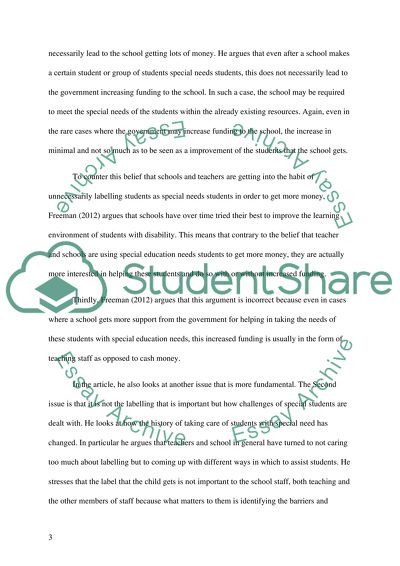Cite this document
(“Special Education Essay Example | Topics and Well Written Essays - 3000 words”, n.d.)
Special Education Essay Example | Topics and Well Written Essays - 3000 words. Retrieved from https://studentshare.org/education/1479084-special-education
Special Education Essay Example | Topics and Well Written Essays - 3000 words. Retrieved from https://studentshare.org/education/1479084-special-education
(Special Education Essay Example | Topics and Well Written Essays - 3000 Words)
Special Education Essay Example | Topics and Well Written Essays - 3000 Words. https://studentshare.org/education/1479084-special-education.
Special Education Essay Example | Topics and Well Written Essays - 3000 Words. https://studentshare.org/education/1479084-special-education.
“Special Education Essay Example | Topics and Well Written Essays - 3000 Words”, n.d. https://studentshare.org/education/1479084-special-education.


